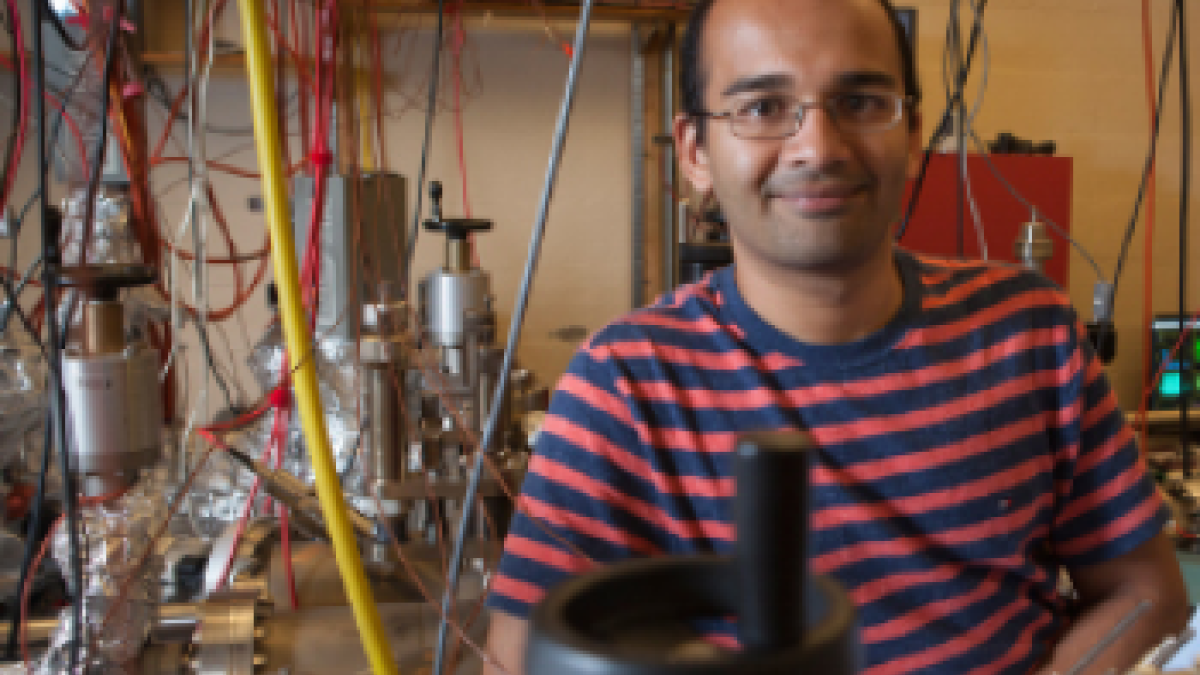ASU physics professor receives $300,000 grant

Assistant Professor Siddharth Karkare
The Department of Energy has awarded Arizona State University physics Assistant Professor Siddharth Karkare a $300,000 grant to develop more intense electron sources.
Shining ultraviolet light on many materials causes them to emit electrons. This photoelectric effect was originally explained by Albert Einstein in 1905, and is a valuable method to understanding material properties of atoms, molecules and solids.
Karkare, in collaboration with Rehan Kapadia from the University of Southern California, plans to develop new materials, which will more easily emit electrons. They also plan to manipulate the incident light at nanometer length scales, less than the wavelength of the light, to further increase the electron emission.
“Generating brighter electron beams is essential for various applications ranging from large km-scale particle accelerators and for smaller meter-scale ultrafast electron microscopy experiments,” Karkare said.
This grant will help in the development of new electron sources for imaging and spectroscopy of molecules, and following the changes in bonding in chemical reactions as they take place.
Karkare is a Cornell University alumnus and received his PhD in physics in 2015. Before joining ASU’s Department of Physics in 2018, he was a physicist postdoctoral fellow at the Advanced Light Source at Lawrence Berkeley National Lab.
More Science and technology

Lucy's lasting legacy: Donald Johanson reflects on the discovery of a lifetime
Fifty years ago, in the dusty hills of Hadar, Ethiopia, a young paleoanthropologist, Donald Johanson, discovered what would…

ASU and Deca Technologies selected to lead $100M SHIELD USA project to strengthen U.S. semiconductor packaging capabilities
The National Institute of Standards and Technology — part of the U.S. Department of Commerce — announced today that it plans to…

From food crops to cancer clinics: Lessons in extermination resistance
Just as crop-devouring insects evolve to resist pesticides, cancer cells can increase their lethality by developing resistance to…